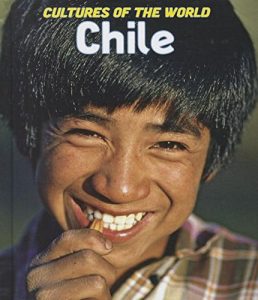I, Galileo Galilei, am old and can no longer see, but there was a time I saw all the way to the stars–the moon, the planets, the sun. Their movements showed me a truth so profound, it changed our view of the entire universe. A truth so unpopular, it would get me into a world of trouble.
Galileo’s inventions and insights were so great that Einstein called him the “father of modern science.” But in his own time, Galileo’s idea of a sun-centered solar system was considered radical and even dangerous–he was branded a heretic, imprisoned in his ome, and banned from discussing science with anyone. In this inspired biopgraphy, Bonnie Christensen lets Galileo himself tell the tale–and his genial narration makes this giant of science feel more real and accessible than ever before. Lavishly illustrated in rich jewel tones, this is a perfect introduction to a most remarkable man.






